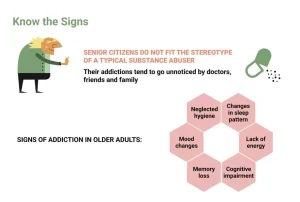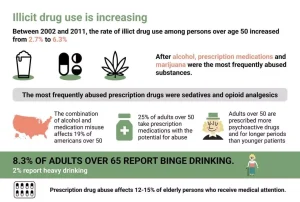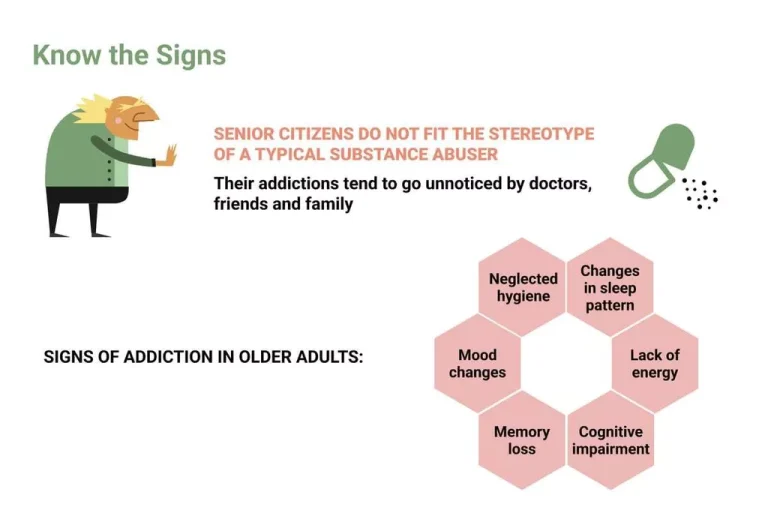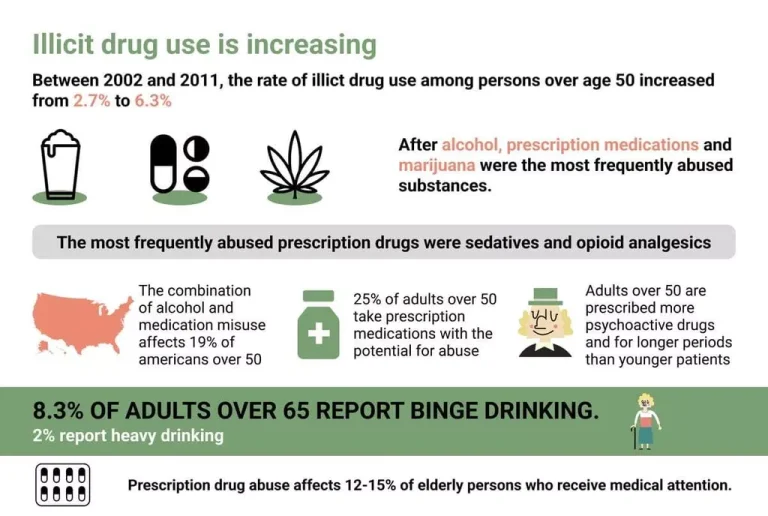
Something important to note is that sober living houses are not the same as halfway houses. While they are both residences designed to support folks in maintaining sobriety and transitioning back into society, there are some key differences. A sober living house can be a valuable support for people in recovery, providing stability, accountability, and a sense of community. These homes help residents create a new, sober life while receiving support from others who are also in recovery. Whether you’re coming from a rehab program or just need a supportive place Halfway House vs Sober Living to stay sober, understanding what a sober living house offers can help your recovery. Both sober living houses and halfway houses play important roles in the recovery process, but they cater to different needs and stages of recovery.
Are you interested in joining a structured sober living community focused on recovery?
Similarly, court-mandated treatment centers and/or the court may recommend or mandate that someone stay in a halfway house.12 Other times, residents seek out halfway houses of their own accord. In both types of residences, abstinence from drugs or alcohol is non-negotiable. This rule forms the bedrock for addiction treatment programs that help residents maintain sobriety.
Benefits of Halfway Housing

A structured environment includes some clear rules, routines, meetings, sobriety requirements, counseling, curfews, etc. These homes help people transition from inpatient treatment to living on their own, allowing them to practice sober living skills in a supportive community. Before transitioning to a sober living home, many individuals undergo a structured rehabilitation program. These programs, which are typically 1–2 weeks in duration, provide intensive substance abuse treatment. They lay the foundation for recovery, introducing residents to 12-step meetings and providing medical support.

Completion of Addiction Treatment Program
When considering sober living options, it’s common to hear about halfway houses. Though they might seem similar, there are essential distinctions between the two. It can be difficult for people in recovery to get the social interaction they need because some people may not accept or respect their new lifestyle.

Although the costs of sober living environments vary, some individuals prefer supportive housing over the expense and restrictions of residential treatment. Recovering from addiction is hard, and having the right support can make a big difference. For many people, a sober living house offers this support in a safe, drug-free setting. Let’s look at what these homes offer, the different types, and how they compare to other places like halfway houses. Sober living homes and halfway houses share several commonalities, starting with purpose.
Understanding the Difference Between Sober Living and a Halfway House
Early on in recovery, staying in a sober living home is an effective relapse prevention approach. It’s easier to resist the urge to relapse into drug-using habits when you have round-the-clock access to assistance and are in a substance-free environment. Transitional Housing is distinct from Permanent/Supportive Housing, which is meant for those with special needs such as physical or mental illness, developmental disabilities, or drug addiction. Permanent Supportive (or Supported) Housing (PSH) is a type of housing that combines rental assistance with individualized, flexible, and voluntary support services. Moreover, active involvement in some form of therapy sessions or a 12-step support group (like Alcoholics Anonymous) isn’t just encouraged but required in many cases.

Halfway houses and a sober living homes are commonly confused for one another, however, it is important to understand the key differences between them. While both provide a safe and structured environment for those in addiction recovery, there are quite a few differences between the two. Therefore, it is essential to properly research the options available before deciding which type of housing best fits one’s individual needs. Sober living homes cater to individuals in recovery from substance abuse, regardless of their legal background. Halfway houses usually serve individuals transitioning from incarceration or court-mandated treatment programs. The primary goal of this blog is to highlight the differences and benefits of sober living homes and halfway houses.
Visitation from friends and family may be restricted to certain times and under specific conditions. In our previous piece, we had a look at how Transitional and Supportive Housing help in ending chronic homelessness for those in need. We looked at how Living in insecure housing can have a significantly negative impact on one’s health. Reframe supports you in reducing alcohol consumption and enhancing your well-being. Plus, we’re always introducing new features to optimize your in-app experience.
- Both sober houses and halfway houses provide housing and support for people working on their sobriety who no longer need inpatient treatment.
- Generally, these establishments are private and situated in tranquil neighborhoods, so people can de-stress and focus on their recovery.
- Nevertheless, they are crucial to recovery from drug addiction by providing inhabitants with necessary tools such as job training and mental health services.

Residents attend mandatory programs like counseling, job training, and life skills workshops. Regular monitoring, including drug tests and check-ins, ensures rule compliance. This structure helps residents stay on track with recovery, follow legal requirements, and transition back into society.
